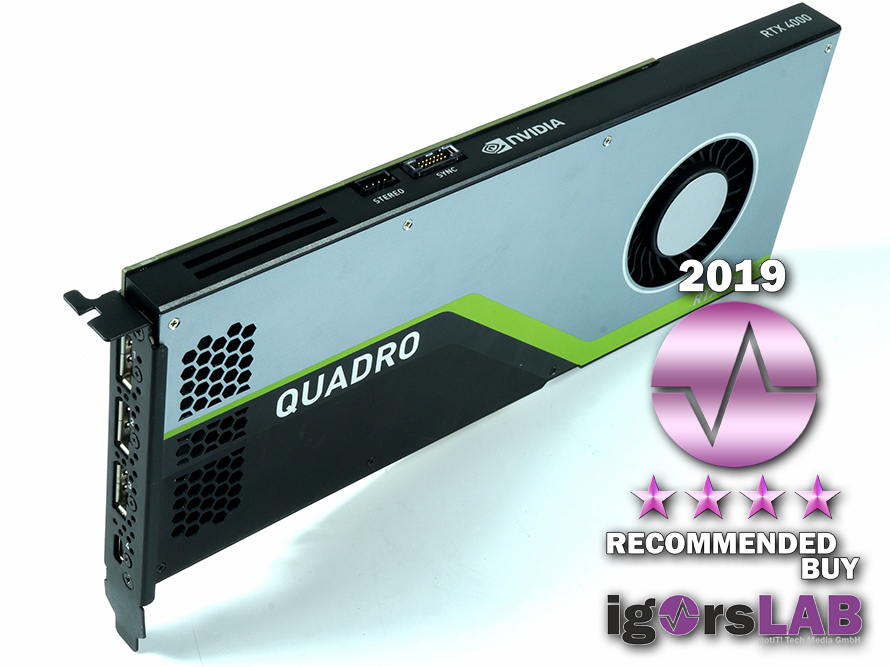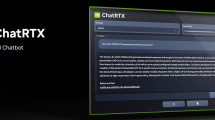Summary
Nvidia scrapes the large TU104 chip into the TU104-850, trimming it to the exact specifications of a TU106. However, Nvidia operates this chip in the absolute sweet spot, so that the 125 watts as the default limit in the firmware are also adhered to. In addition, there is the larger chip surface, which produces a significantly lower heat density with clever shutdown of the sub-areas via the hardware strap and can thus also be cooled more easily.
In addition, the board design and chip could be further modified, which would not have been possible with the TU106, because it is also a completely different base. The fact is, however, that this experiment works quite well to the delight of all involved, because even the cooling of this card does not give up any puzzles and does not frighten with high VRM and memory temperatures. The fact that the GPU then runs into the thermal limit at a longer full load is rather marginal, because even then the still quite decent boost clock is sufficient to achieve good results.
I also wrote on the first page about the new architecture and the improvements to Pascal. In the end, it is precisely these details that have led to an unexpected increase in performance in many areas of application in the workstation sector. The fact that you can easily control even an old Quadro P5000 with this smallest Quadro RTX and often also target performance ranges of a Quadro P6000 is only a logical consequence of the new architecture.

What is also striking is the increased performance in many CUDA apps, which run much faster even without the inclusion of the new Tensor Cores. So you can also see very nicely that the changes in workstation performance are much more serious than those in pure gaming with the GeForce RTX. And it also somehow proves the thesis that these RTX cards were and are actually primarily intended for the working environment and the whole thing, let's call it disrespectfully gaming-geraffel, was only later "knitted around".
Sure, things like RT in gaming and DLSS as a cheap turbo boost at high resolutions are a welcome benefit for the consumer, but here, in the workplace, Turing really shows what is possible and will still be possible. And the fact that even the entry-level card performs so well is also much more fun. Let's see.
Conclusion
The purchase tip is for an unrivalled card, the price of which is almost fair to call. The Radeon Pro WX 8200 is more expensive, almost always slower and also much more in need of power. And it's not a single-slot design either. An older WX 7100 would be this, but it is significantly slower in direct comparison. Thus, the buyer has hardly any alternative. For this situation, however, the price is astonishing again, because Nvidia is otherwise not exactly sistable when filling niches.
Be it, the Quadro RTX 4000 is a good offer that has struggled honestly, but has honestly won its result even away from the dead-optimized folk benchmarks. You have to reward that, no matter what preferences you otherwise have. It has also not allowed any errors in the test and in the tear down, or has shown any weaknesses in the laboratory. You can tick that in the calendar with a colorful pen.
- 1 - Einführung und Datenblatt
- 2 - Tear Down: Platine und Kühler im Detail
- 3 - Visualize 2019, Arion, Luxmark
- 4 - Solidworks 2017
- 5 - Autodesk AutoCAD 2018 , Maya 2017 und 3ds Max 2015
- 6 - Creo 3 (M190)
- 7 - SPECviewperf 13
- 8 - GDI und Treiberdurchsatz
- 9 - Leistungsaufnahme, Lastspitzen und Netzteilempfehlung
- 10 - Takt und Temperaturen
- 11 - Lüfter und Lautstärke
- 12 - Zusammenfassung und Fazit































Kommentieren